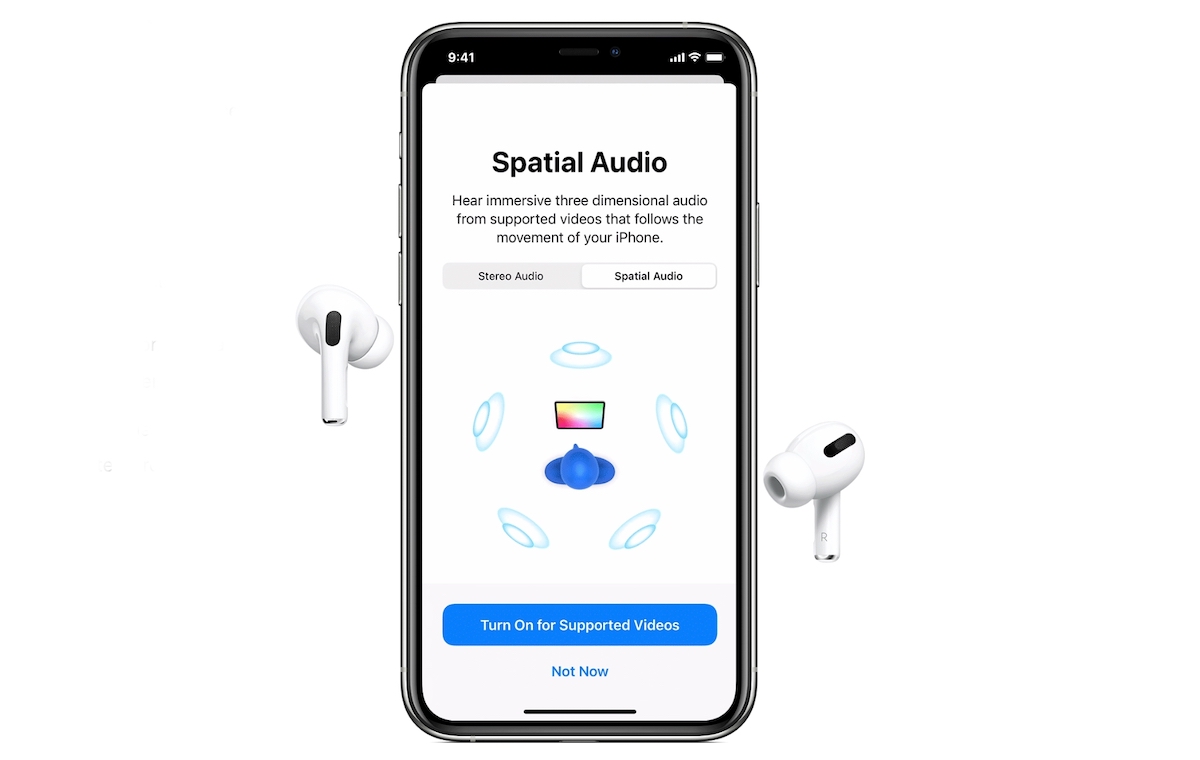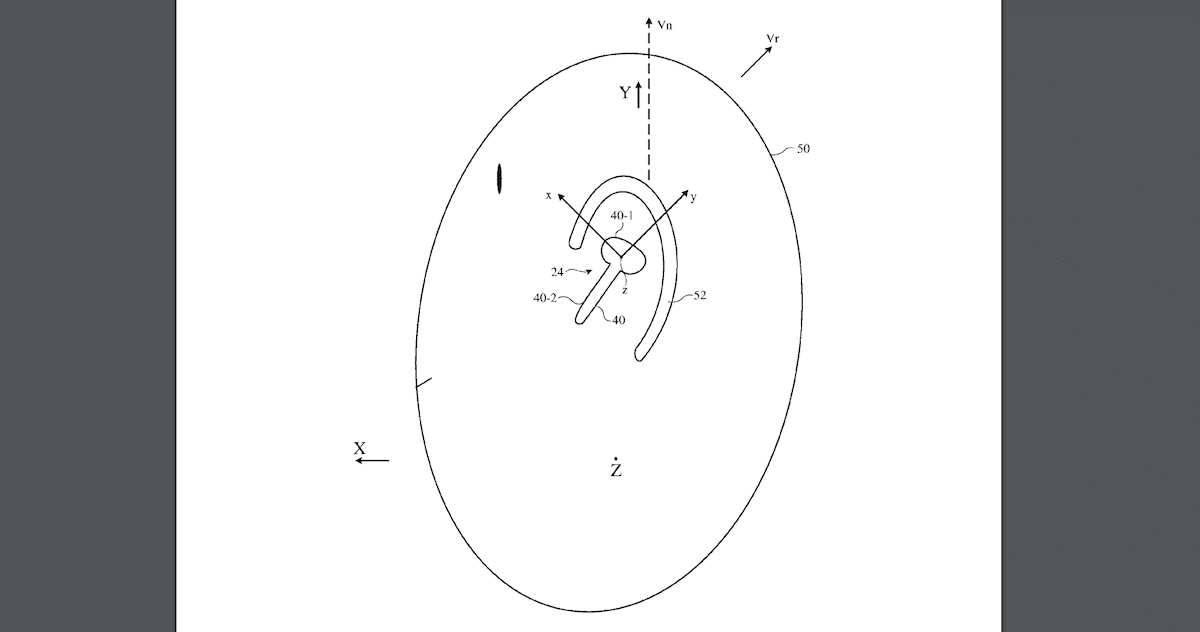The U.S Patent and Trademark Office has granted Apple a new patent for AirPods or wireless headphones. Titled “Wireless Ear Bud System With Pose Detection”, the filing describes a new technology that will enable AirPods or earbuds to detect users’ head movement and position via accelerometer.
Equipped with a motion-detecting accelerometer, AirPods (3rd generation) and AirPods Pro support Spatial Audio with dynamic head tracking to deliver a surround sound experience. The tech giant wants to expand the technology to deliver audio instructions in Spatial audio and a better evaluation of users’ performance during Apple Fitness+ or third-party online workouts.

AirPods will be able to evaluate users Apple Fitness+ workout performance and provide feedback
As per the filing, the accelerometer in earbuds would measure users’ head movement or position (left tilt, forward tilt, right tilt, and back tilt) to gauge how well they are following audio instructions during an online workout session on Apple Fitness+ or other workouts to evaluate their performance.
Ear buds may have sensors to gather orientation information such as accelerometer measurements during user movements. A host electronic device may communicate wirelessly with the ear buds and may form part of an ear bud system that supplies the user with coaching and feedback while evaluating user performance of a head movement routine or other exercise routine.

The tech giant claims that the new audio system will bring transparency to users’ online workout sessions by evaluating their effort in properly completing the workout as being instructed by the coach and providing suitable feedback on their performance.
During operation, the ear buds may be used to provide a user with exercise routine coaching such as audible instructions while a user is performing an exercise routine such as a head movement routine. The head movement routine may involve, for example, moving the user’s head into a sequence of predefined head poses (e.g., left tilt, forward tilt, right tilt, and back tilt).
Feedback such as audible feedback may be provided to a user based on evaluation of user performance of the head movement routine. Other suitable actions may be taken such as issuing performance reports and alerts. If desired, additional sensors may be used in gathering orientation data during user movement routines and additional evaluation, guidance, and feedback operations may be performed.